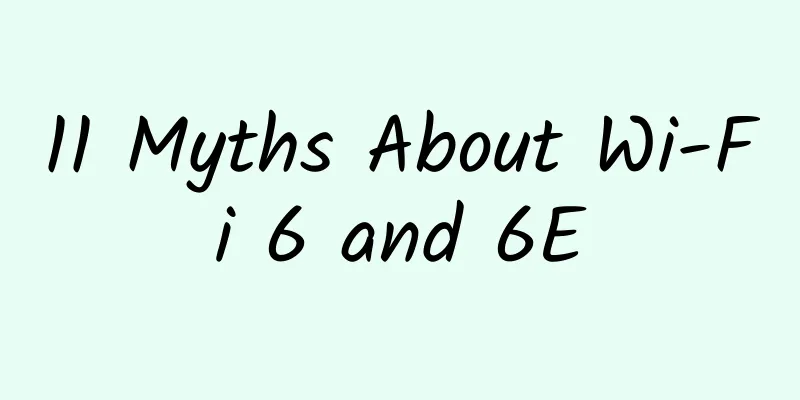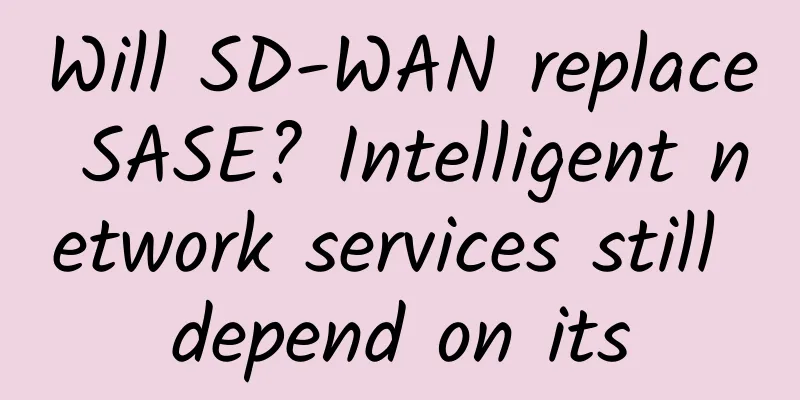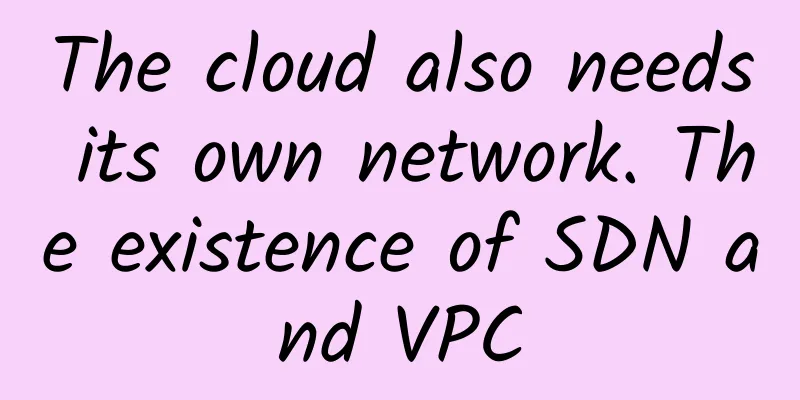11 Myths About Wi-Fi 6 and 6E

|
The Wi-Fi Alliance has unveiled two new versions of Wi-Fi that offer significant advances in performance, efficiency, latency, and other key areas: Wi-Fi 6 and 6E. Because Wi-Fi is such a ubiquitous technology in IoT designs, there is always concern about changes to this core connectivity technology. In this blog post, we dispel common misconceptions about the capabilities and impacts Wi-Fi 6 and 6E will have on IoT designs. 1. This is a minor update to Wi-Fi - really only meaningful for niche applications.It’s no exaggeration to compare Wi-Fi’s upgrade to the leap from 4G to 5G in the cellular world. Wi-Fi 6 and 6E will deliver major advances in performance and capabilities, making them hugely impactful for a full range of IoT devices. 2. Looks faster – This is the biggest upgrade.“Faster” only scratches the surface of why Wi-Fi 6 and 6E are the better choice. Higher device density and a larger spectrum give engineers greater flexibility, reliability, and performance, making it the most efficient version of Wi-Fi ever. There are gains in energy efficiency, latency, and the ability to support existing and new use cases. 3. The claims about speed are hype - it is silly to compare this to the performance jump in cellular networks from 4G to 5G.Speed claims in marketing materials are always suspect, but the speed increase is plausible, and testing by industry insiders has shown up to 10,000% faster downloads. Wi-Fi-6 is able to do this in part because of its claimed low power consumption, so download time and power aren’t wasted energy. There is a long list of data-intensive IoT use cases that benefit greatly from this increase in speed. Factory and building automation are key among them. So are automation systems in industrial environments and use cases where high-quality video and audio are important requirements. 4. MIMO technology may be the main driver of this speed increase.The addition of MU-MIMO is a major factor, but to simply credit the technology would be to underestimate the importance of this upgrade in Wi-Fi 6 and 6E. In addition to doubling the number of spatial streams with MU-MIMO, the use of beamforming technology significantly improves the performance of those streams. The addition of the ability to implement two-way MU-MIMO Wi-Fi 6 is a first for Wi-Fi, allowing users to access the full benefits of beamforming in noisy environments. The wider channels that comprise the 6-GHz spectrum space also contribute greatly to the speed improvements. In addition, Wi-Fi 6/6E's expansion of the quadrature amplitude modulation (QAM) architecture is of great significance. This is equivalent to installing a more powerful engine in Wi-Fi, making it possible to significantly increase the speed. 5. Wi-Fi 6 is faster, but latency is still a problem.Wi-Fi is not yet suitable for ultra-low latency applications, such as medical devices. In these applications, latency is very important. But this does not mean that the latency improvements of Wi-Fi 6/6E will not be significant. Latency is about 3 times lower than previous versions of Wi-Fi, which may not be usable for real-time applications yet, but it’s pretty close. Equally valuable is how the new version of Wi-Fi manages packets more efficiently, eliminating white space so that network utilization approaches 100%. These two factors make it a major upgrade for latency-sensitive applications such as robotics, lighting controls, machine controls, and more. 6. IoT devices do not have a lot of data to transmit and do not require real-time data transmission, so latency improvements are irrelevant.Wi-Fi's lower latency has an unexpected benefit for battery-powered IoT devices: longer battery life. The faster speeds and lower latency of Wi-Fi 6/6E reduce the time and energy required for devices to send and receive data. Even when sending and receiving small batches of data, these small energy savings can add up over time. Hopefully, further testing will show that these performance upgrades to Wi-Fi will add months or even years of life to some of the most common low-power IoT devices. 7. Higher device density is ideal for consumer environments.Every Wi-Fi network experiences congestion, which often creates performance issues. These issues become frustrating in high-density RF environments such as healthcare facilities, airports, and schools. By using MU-MIMO, beamforming, OFDMA, more efficient packet management, BSS coloring and other features, the network can support more devices in a given physical space while also reducing the RF noise and interference that often plagued high-density environments in the past. This also saves costs on infrastructure deployment because fewer access points are needed to support a large number of clients. 8. The most important thing about the new version of Wi-Fi is speed. I hope to pay more attention to battery life in the next version.No need to wait for a more battery-friendly version of Wi-Fi. This version achieves that in a big way. This is the most efficient version of Wi-Fi yet. But Wi-Fi 6 and 6E also feature a redesigned architecture that manages sleep and wake cycles in a more energy-efficient way using Target Wake Time (TWT) technology. Additionally, TWT allows for power and performance adjustments for applications across the entire network at a single device or group level, rather than at the traditional single entry access point or network level. If existing technologies like PS-Poll (DTIM) and WMM (APSD) are used, that’s fine. They are still available. But TWT is a significant step forward because it provides clients with longer sleep times. These clients can save battery power by being inactive for longer periods of time while still staying connected to the network. 9. Marketing for Wi-Fi 6 and 6E talks a lot about the 6-GHz spectrum, but this is only relevant to senior wireless engineers.Discussions about radio frequencies and spectrum bands may soon fade away, but the 6-GHz spectrum is big news for every designer of IoT devices. Wi-Fi 6 and 6E enable engineering teams to dedicate more airtime to their networks, allowing them to optimize device performance. Want a low-latency application that doesn’t compete with other devices for bandwidth? Allocate a segment of spectrum dedicated to that use case and keep other devices in other available Wi-Fi spectrum segments. This process doesn't require an advanced degree in RF engineering. Newer versions of Wi-Fi make it simple to place a network on the frequency band that best suits your application and preferences. 10. These features may sound great, but antennas will undoubtedly lag behind and hinder actual deployment.Generally speaking, antennas are leading the way. Antenna manufacturers have anticipated the use of technologies such as MU-MIMO and beamforming, which lay the foundation for Wi-Fi to use the 6-GHz spectrum. There are multiple options for the most common form factors for IoT devices, including flexible planar inverted-F antennas (PIFA). The most important thing is that the availability of antennas does not hinder deployment plans. 11. This version sounds like it can be plug-and-play without much modification to the design.Any engineer who has worked with Wi-Fi before will feel comfortable using Wi-Fi 6/6E, but there are some caveats. The hardware interface and logic interface have changed somewhat from previous versions of Wi-Fi. On the plus side, though, there is broader OS support for Linux, Android, and RTOS, and full support for the latest Bluetooth versions and features. Using Wi-Fi 6/6E will mean changing some of the details of your engineering projects. But the significant improvements in speed, latency, performance, battery efficiency, and more make the adjustments required to incorporate this new connectivity technology into your IoT strategy well worth it. |
>>: Leading products and fast delivery: H3C helps Jomtel Mexico cope with digital challenges
Recommend
Application of SRv6 Technology in Home Network
1. SRv6 Concept Segment Routing (SR) is a source ...
Hizakura: €17.99/year-AMD Ryzen7950x/1GB/15GB/4TB/Netherlands data center
The tribe once shared information about Hizakura,...
Five API Gateway Technology Selections, yyds
This article intends to discuss gateways around s...
EDA event-driven architecture and EventBridge
Today's more successful companies have realiz...
The four major equipment manufacturers compete for 5G. Who will have the last laugh?
In 2019, the dispute over 5G never stopped. Wheth...
The first version of 5G standards was signed and approved: covering low, medium and high frequencies, mobile phones will be available in 2019
According to Fierce Wireless, 3GPP (a mobile comm...
Guanmai Technology CTO Miao Quan: Steadily enter the SD-WAN market and be prepared to deploy 5G
[51CTO.com original article] From the emergence t...
The Internet is like this: Design of distributed domain name resolution system in G-line data center
As financial institutions gradually evolve toward...
Let government affairs walk in the "cloud" - Huawei's practice of government affairs cloud
2017 is destined to be an extraordinary year for ...
How have the three major operators been doing in the past nine months?
[[248346]] With China Telecom announcing its oper...
The 17th China Enterprise Annual Selection List for 2022 was announced: Juniper Networks China CTO Jing Youhao won the 2022 IT Industry Network Outstanding Contributor
In November 2022, the "China Enterprise &quo...
Also talking about old friends: The return of Nokia
[51CTO.com original article] Chinese people like ...
How does Beijing’s government cloud build the city’s “strongest brain”?
On July 15, 2016, Huawei's Smart City Ecosyst...
The beauty of 5G phone is like being in your ear
[[352290]] This article is reprinted from the WeC...
Buildings evolve from "intelligent" to "smart", CommScope drives the interconnection of smart buildings
[Original article from 51CTO.com] June 5, 2018 - ...









